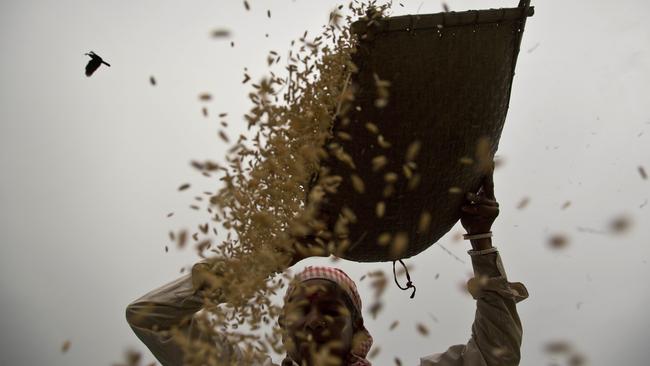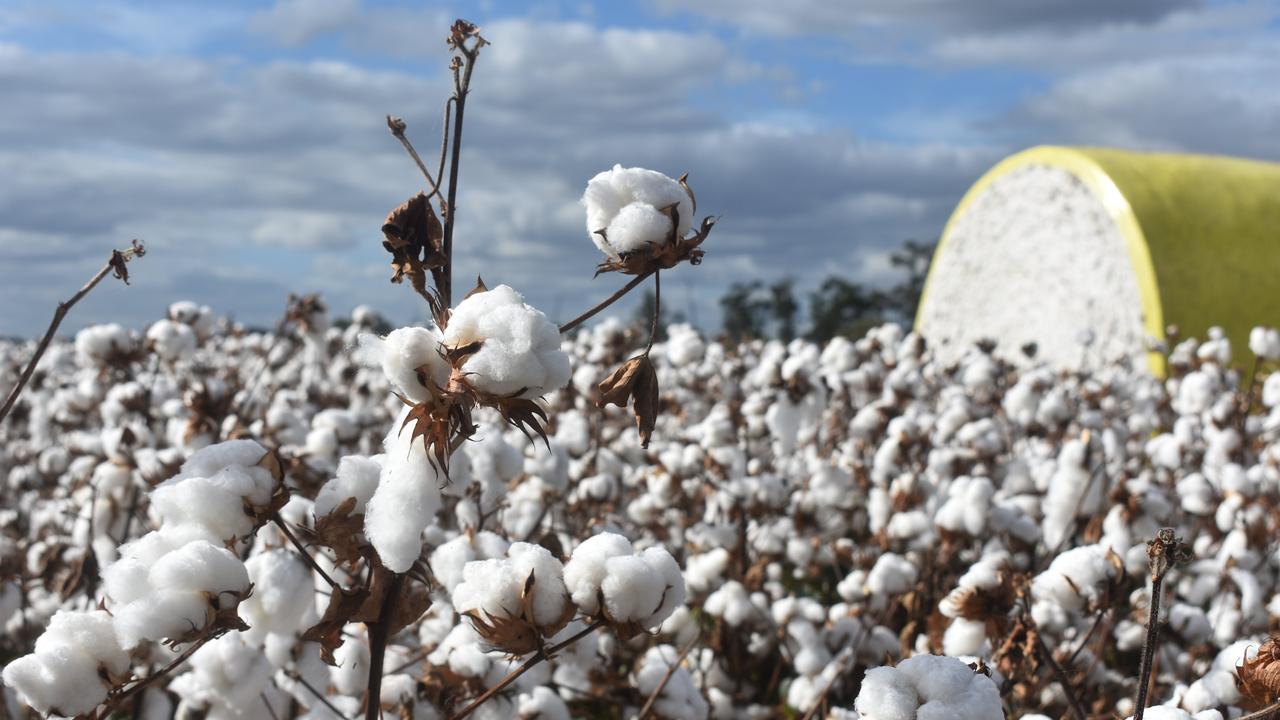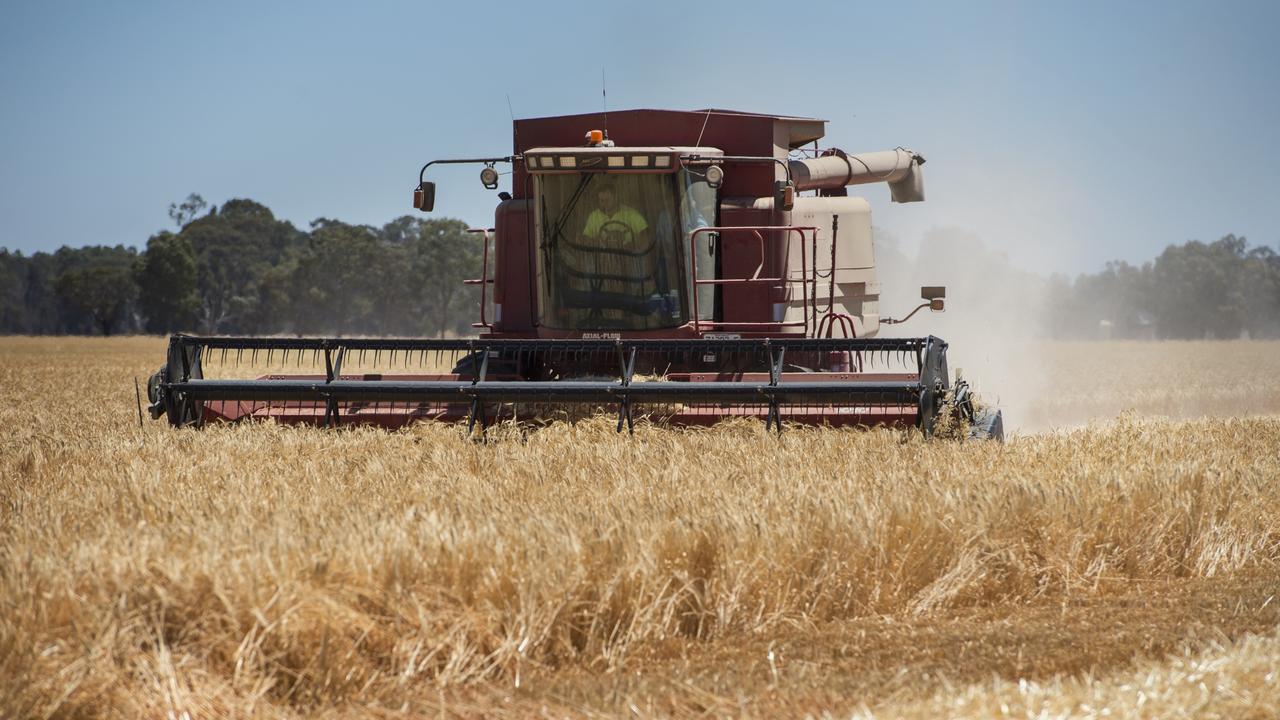Chick pea stockpile grows as India slams door
AUSTRALIAN chick pea producers have been left with piles of stock six months after a series of strict tariffs were imposed by the Indian government on imported chick peas.

AUSTRALIAN chick pea producers have been left with piles of stock six months after a series of strict tariffs were imposed by the Indian government on imported chick peas.
Pulse Australia chief executive Nick Goddard said the first 30 per cent tariff imposed in late December 2017 brought chick pea exports to a screaming halt.
“Everything just stopped dead, then and there,” Mr Goddard said.
“This time last year, prices were reasonable so producers planted well. Then the doors shut, and we’re still sitting on a bit of stock here.
“Fortunately, production last year had already been shipped, so a fair bit of stock that was caught in transit was able to be diverted to Pakistan.”
A final 60 per cent tariff was introduced by the Indian government in March this year.
“Indian fortunes reversed, and suddenly they didn’t need ours any more,” Mr Goddard said.
While India has been a major market for Australia chick peas in the past, Pakistan and Bangladesh are also big importers.
“Our chick pea market is the subcontinent, essentially,” Mr Goddard said.
“If they don’t go to India, they’ll go to Bangladesh and Pakistan.”
Mr Goddard said there were several factors at play regarding future increases or decreases to the Indian chick pea tariffs.
Among them was the upcoming Indian general election in 2019.
“Prime Minister Narendra Modi has a large constituency in rural areas, and they need some sort of price support mechanism,” Mr Goddard said. “As a result, the tariffs were imposed to manage pricing.”
Weather also plays an important role.
“The forecast for India looks like typical monsoons, they’re not expecting any drought,” he said.
“If they have an average season, if the summer monsoons fail this year then suddenly they’ll be looking out to the world for chick peas.”


